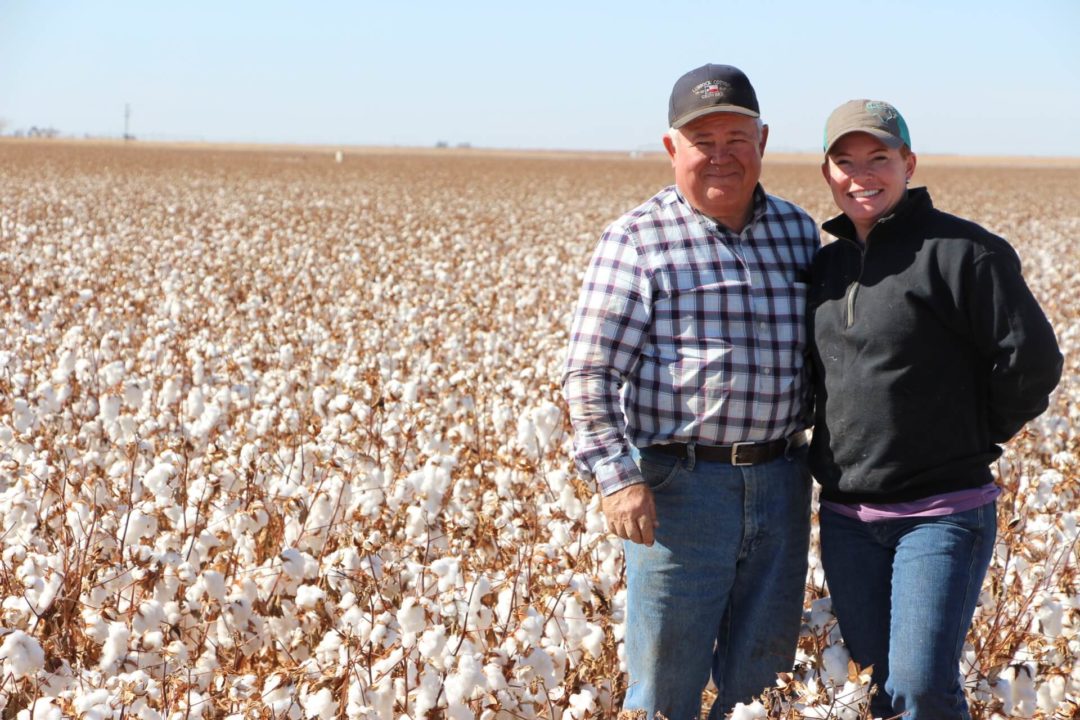Do the Two-Step for Cotton Insect Control
Extension entomologists could be the last speaker on a program that’s running late — and bring it back on time. They’d simply say scout your fields and follow recommended economic thresholds.
Done.
Given the time, they can go a little deeper on those top two tips with a few watchouts on the scouting side.
“We always talk about how the insect situation changes from week–to–week, and there’s no replacement for having boots on the ground,” Auburn University Extension Entomologist Scott Graham says.
Keep your guard up is the first tip for any growing season. Though pressure may be lower in some species as a result of periods of colder winter temperatures across the Cotton Belt, those temperatures won’t likely be low enough for long enough to impact scouting needs for the coming cotton crop.
“In general, we like to think that freezing temperatures eliminates insect pests, but that’s not the case. In cotton, the insects we deal with are pretty well adapted. They’ll rebuild their numbers,” Graham says.
University of Georgia Entomologist Phillip Roberts offers silverleaf whitefly as a specific example. At the end of the 2022 season, South Georgia experienced high whitefly populations. Temperatures below freezing late that year likely killed some of the adult whitefly and host plants that were subject to winter kill. However, those temperatures weren’t cold enough for long enough to kill immature stage whiteflies which survived to develop in winter vegetable crops.
For growers who plant in fields with a history of whitefly or near fields that will be planted next to infested crops such as watermelon, Roberts suggests planting to a smooth-leaf cotton variety and getting that stand up early.
Roberts and Graham offer these tips for managing these priority insects:
- Thrips. With a new seed trait, a highly accurate predictor app, and effective treatment programs, growers are well equipped to defeat the most consistent insect pests across the Cotton Belt. The newly introduced ThryvOn cottonseed is “near-perfect thrips control,” Roberts says, with higher value for fields with heavy thrips pressure. And Graham reminds growers that effective treatment programs start with a seed treatment and/or an in-furrow insecticide treatment to protect newly emerging leaves and allow for good seedling root establishment. Use the Thrips Infestation Predictor for Cotton to plan thrips treatments for the most effective foliar application timing.
- Tarnished plant bugs. Historically pronounced in the Delta, tarnished plant bug pressure is increasing outside those historical areas, as producers in North Carolina are well aware. Graham urges farmers to watch for tarnished plant bugs as adults migrate to fields during the squaring period and nymphs begin to appear around first bloom.
- Grasshoppers. A growing problem as more fields shift to reduced tillage systems, grasshoppers can impact stand establishment. “They’re worse in sandy, lighter soils,” Graham says. He suggests growers consider a preventive insecticide application at planting or around burndown in fields with a history of damaging levels of grasshoppers.
- Corn earworm (CEW). Scout closely for this pest, which is showing decreased susceptibility to pyrethroids, Roberts says. He notes that data shows a correlation between early plant bug sprays and higher CEW populations. Roberts doesn’t expect issues in Bollgard 3 cotton.
- Stinkbugs. Growers are well–versed in managing stinkbugs, which emerged as a pest when the Bollgard seed trait was introduced. Which brings Extension entomologists back to their primary tips: scout and use the dynamic threshold established for stinkbugs in cotton. Boll size distribution in your field is the primary decision factor.
Above all else, Roberts repeats: “Make sure you have somebody checking your cotton. I can’t say that often enough.”









